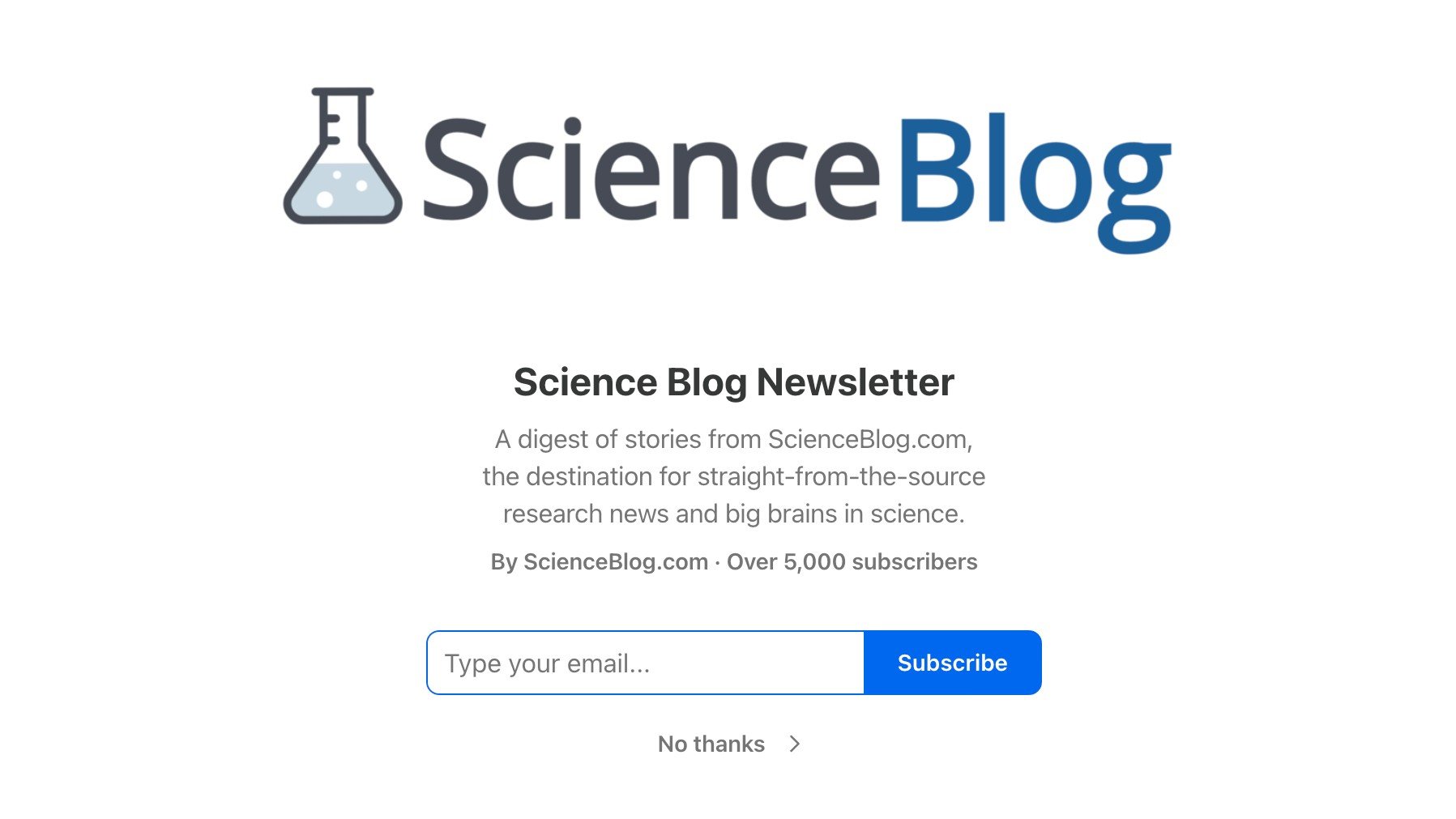With the aid of a straightforward experiment, researchers have provided some clues to one of biology’s most complex questions: how ancient organic molecules came together to form the basis of life.
Specifically, this study, appearing online this week in JBC, demonstrated how ancient RNA joined together to reach a biologically relevant length.
RNA, the single-stranded precursor to DNA, normally expands one nucleic base at a time, growing sequentially like a linked chain. The problem is that in the primordial world RNA molecules didn’t have enzymes to catalyze this reaction, and while RNA growth can proceed naturally, the rate would be so slow the RNA could never get more than a few pieces long (for as nucleic bases attach to one end, they can also drop off the other).
Ernesto Di Mauro and colleagues examined if there was some mechanism to overcome this thermodynamic barrier, by incubating short RNA fragments in water of different temperatures and pH.
They found that under favorable conditions (acidic environment and temperature lower than 70 C), pieces ranging from 10-24 in length could naturally fuse into larger fragments, generally within 14 hours.
The RNA fragments came together as double-stranded structures then joined at the ends. The fragments did not have to be the same size, but the efficiency of the reactions was dependent on fragment size (larger is better, though efficiency drops again after reaching around 100) and the similarity of the fragment sequences.
The researchers note that this spontaneous fusing, or ligation, would a simple way for RNA to overcome initial barriers to growth and reach a biologically important size; at around 100 bases long, RNA molecules can begin to fold into functional, 3D shapes.
http://www.asbmb.org/
http://www.jbc.org/cgi/content/abstract/M805333200v1

